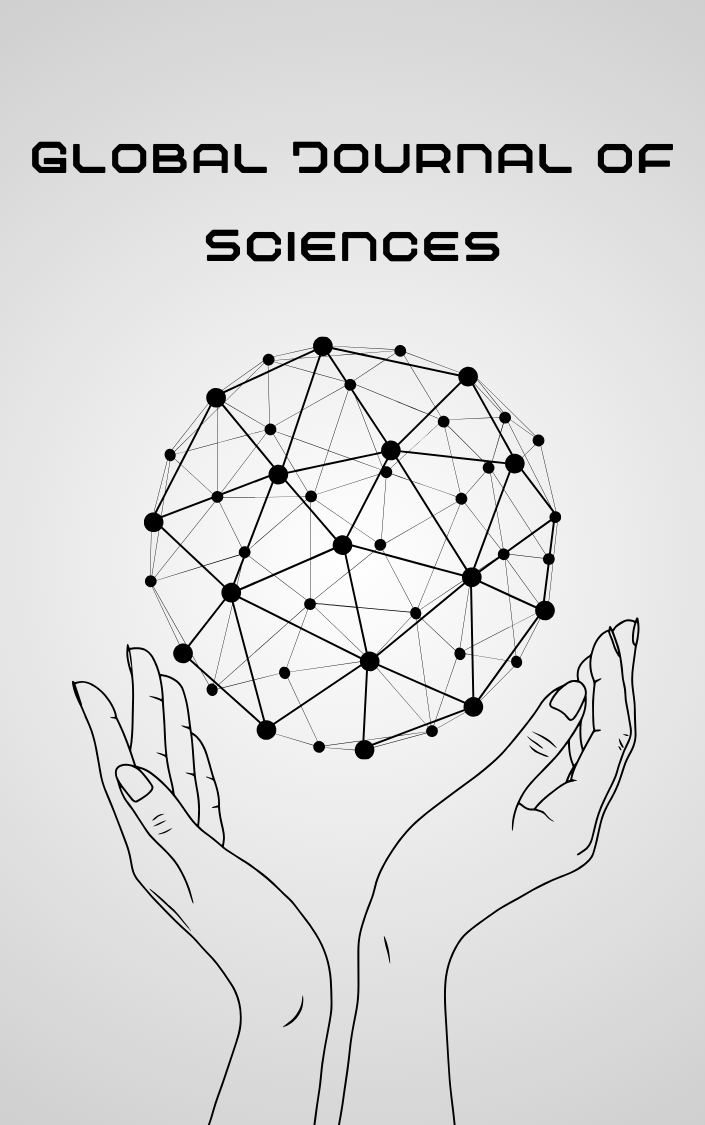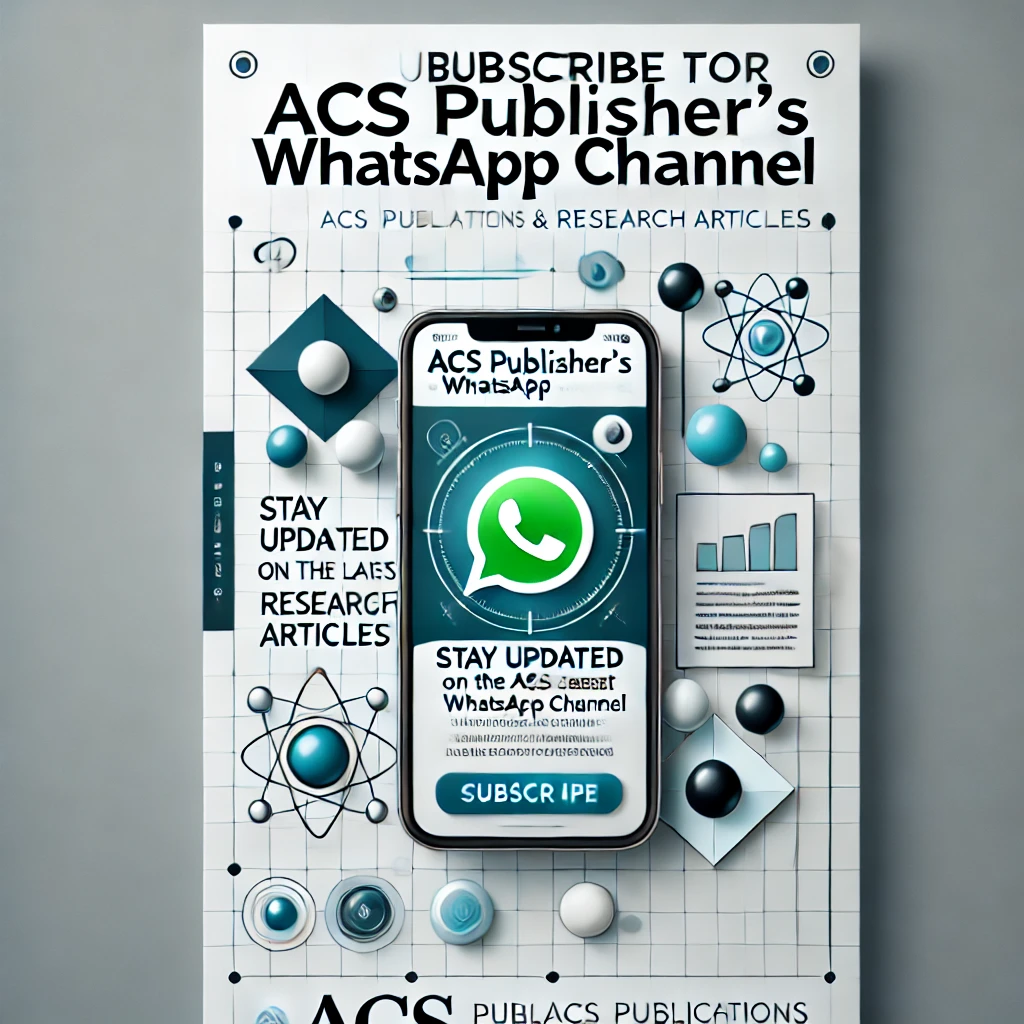Controlling the Behavior of Cancer Cells Using Electro magnetic Fields in the Orchestrated Objective Reduction Model
DOI:
https://doi.org/10.48165/gjs.2025.2201Keywords:
Orch OR Model, Cancer, Quantum Information, Electromagnetic WavesAbstract
In this paper, we propose a novel theoretical framework within the orchestrated objective reduction (Orch OR) model to investigate the role of electromagnetic fields in controlling the behavior of cancer cells. According to our approach, the brain captures, stores, and analyzes cellular information through electromagnetic signaling, subsequently sending regulatory commands to maintain normal cellular function. When cells undergo malignant transformation, the stored information and the corresponding electromagnetic signals change, providing an opportunity for early detection of tumor formation. We further suggest that by storing the correct information and transmitting appropriate electromagnetic signals, the brain may create the conditions necessary to restore cancerous cells to their normal state. This work introduces a new perspective on the early diagnosis and potential control of cancer based on quantum neurobiological principles.
References
Hameroff, S., & Penrose, R. (2014). Consciousness in the universe: A review of the ’Orch OR’ theory. Physics of Life Reviews, 11(1), 39–78.
Hameroff, S. (2012). How quantum brain biology can rescue conscious free will. Frontiers in Integrative Neuroscience, 6, 93.
Hameroff, S., & Penrose, R. (2014). Reply to seven commentaries on "Consciousness in the universe: Review of the ’Orch OR’ theory". Physics of Life Reviews, 11(1), 94–100.
Hameroff, S. R., & Watt, R. C. (1982). Information processing in microtubules. Journal of Theoretical Biology, 98(4), 549–561.
Sun, J., Tong, Y., Jia, Y., Jia, X., Wang, H., Chen, Y., Wu, J., Jin, W., Ma, Z., Cao, K., & others. (2023). Effects of extremely low frequency electromagnetic fields on the tumor cell inhibition and the possible mechanism. Scientific Reports, 13(1), 6989.
Fioranelli, M., Ahmad, H., Sepehri, A., Roccia, M., & Aziz, F. (2022). A mathematical model for imaging and killing cancer cells by using concepts of the Warburg effect in designing a Graphene system. Mathematical Biosciences and Engineering, 19(3), 2985–2995.
Kalra, A. P., Benny, A., Travis, S. M., Zizzi, E. A., Morales-Sanchez, A., Oblinsky, D. G., Craddock, T. J. A., Hameroff, S. R., MacIver, M. B., Tuszynski, J. A., & others. (2023). Electronic energy migration in microtubules. ACS Central Science, 9(3), 352–361.
Hameroff, S. (2023). ’Smear campaign’ at the crossroad of consciousness and spacetime geometry. Comment on "At the crossroad of the search for spontaneous radiation and the Orch OR consciousness theory" by Derakhshani et al. Physics of Life Reviews, 44, 173–175.
Vander Heiden, M. G., Cantley, L. C., & Thompson, C. B. (2009). Understanding the Warburg effect: the metabolic requirements of cell proliferation. Science, 324(5930), 1029–1033.
Liberti, M. V., & Locasale, J. W. (2016). The Warburg effect: how does it benefit cancer cells? Trends in Biochemical Sciences, 41(3), 211–218.
Warburg, O., Posener, K., & Negelein, E. (1924). Über den Stoffwechsel der Carcinomzelle. Naturwissenschaften, 12(50), 1131–1137.
Sharanreddy, M., & Kulkarni, P. K. (2013). Can EEG test helps in identifying brain tumor? International Journal of Health and Medical Engineering, 7(11), 703–708.
Valverde, R. (2019). The Quantum Body, Mind & Spirit of Man. Scientific GOD Journal, 10(3), 222–229.
Al-Karaki et al. (2025). Global Journal of Sciences, 2(2), 1–14.
Chowhan, R. S., Radzharan, P., & Rao, S. (1998). Comparison bioelektrographic images of cancer patients and healthy subjects. In From Kirlian Effect to Bioelectrography, 133–140.
Saeidov, W. (2010). The possibility of using electrophotonics in the early diagnosis of polyps and colon cancer. Science. Information. Spirit., 21.
Buck, K. H., Novelli, C., Costa, F. T., Martins, G. C., Oliveira, H. F., Camargo, L. B., Casagrande, R. M., Dias dos Reis, R. R., Moraes, V. R., Vieira, F. S., & others. (2018). O uso da bioeletrografia na comparação entre mulheres com câncer de mama, mulheres saudáveis sedentárias e mulheres praticantes de corrida. Centro de Pesquisas Avançadas em Qualidade de Vida, 8(2), 9–11.
Yakovleva, E. G., Korotkov, K. G., Fedorov, E. D., Ivanova, E. V., Plahov, R. V., & Belonosov, S. S. (2016). Engineering approach to identifying patients with colon tumors on the basis of electrophotonic imaging technique data. The Open Biomedical Engineering Journal, 10, 72.
Yakovleva, E. G., Buntseva, O. A., Belonosov, S. S., Fedorov, E. D., Korotkov, K., & Zarubina, T. V. (2015). Identifying patients with colon neoplasias with gas discharge visualization technique. The Journal of Alternative and Complementary Medicine, 21(11), 720–724.
Manuylov, A. A., Kaushanskaya, S. Y., Kaushansky, V. B., Bakhmutsky, N. G., & Dryaeva, L. G. (2017). The possibilities of early diagnosis by innovative methods of studying biopsies of colon mucosa in determining the scope of a surgical operation. Journal of Experimental and Clinical Surgery, 10(4), 277–282.

